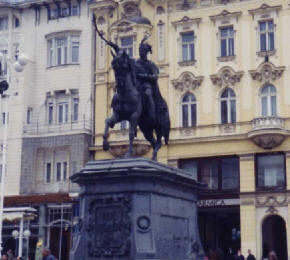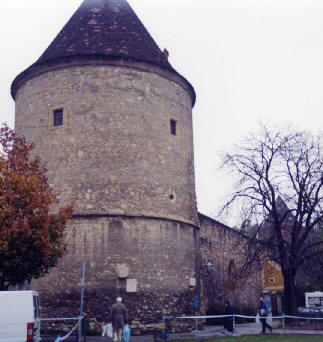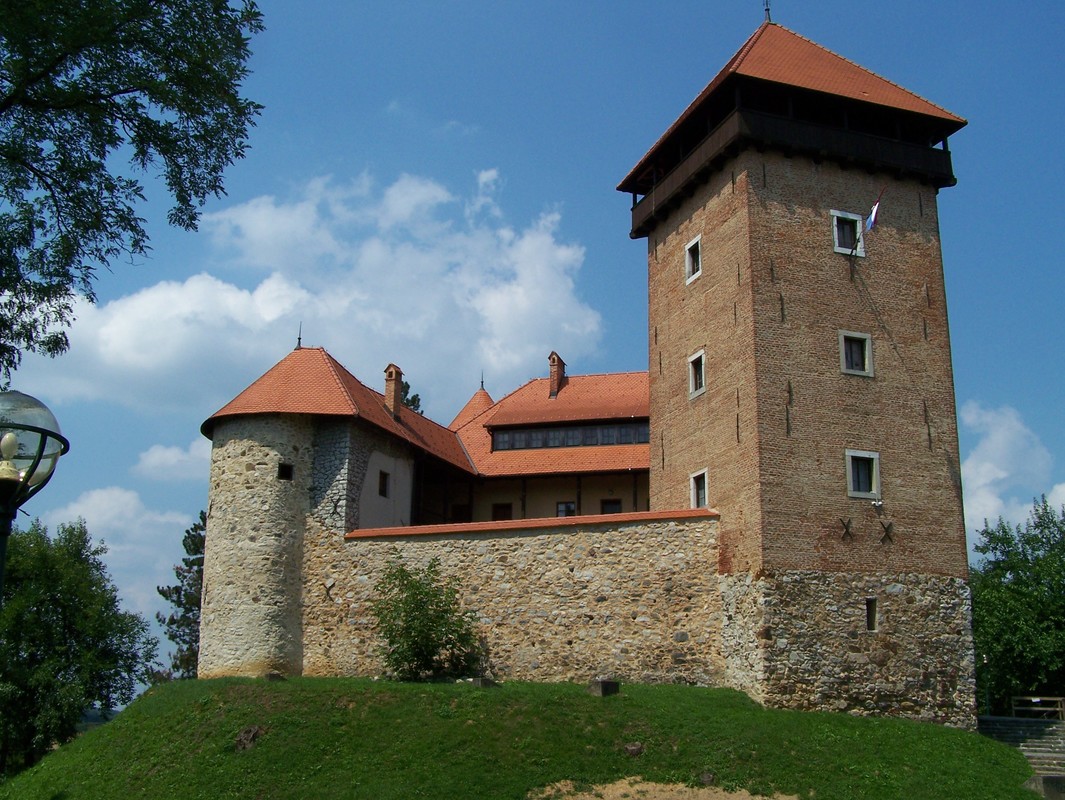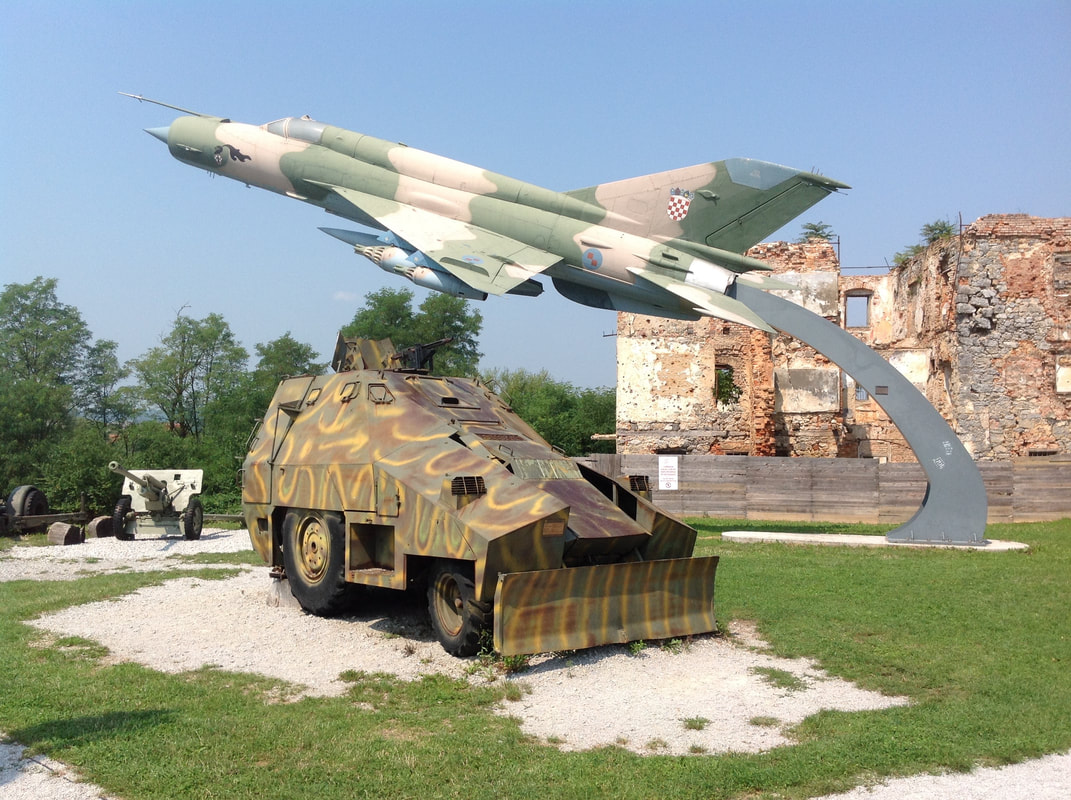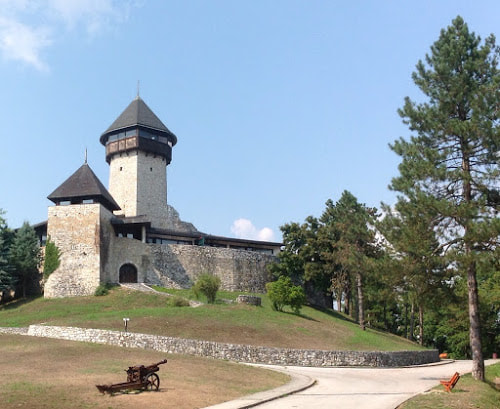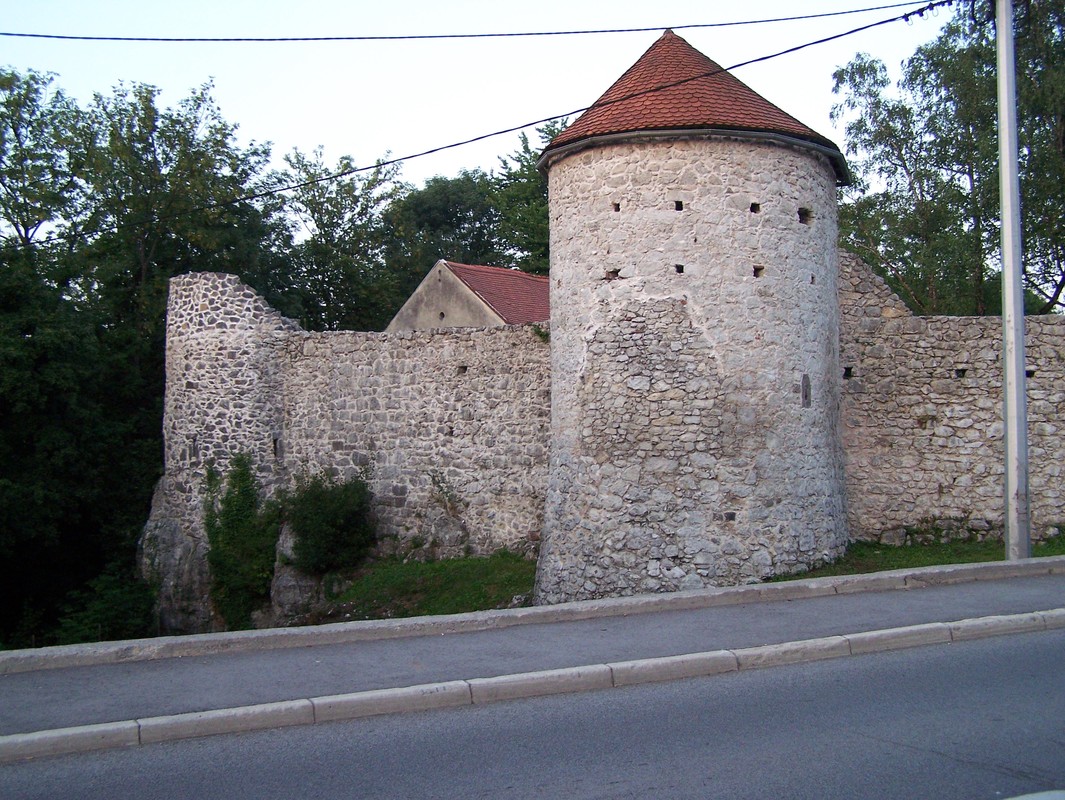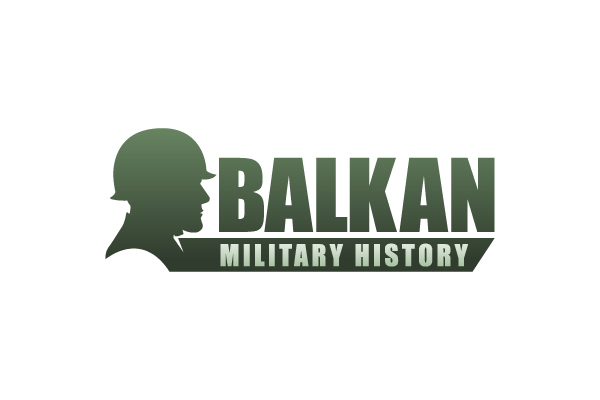- Home
- About
-
Travel
-
Features
- Dyrrachion1081
- Normans in the Balkans
- Manolada 1316
- Kosovo 1389
- Castles on the Danube
- Late Medieval Bosnian Army
- Doboj 1415
- Wallachian and Moldovan troops of the Napoleonic wars
- Anchialos 917
- Slovenian Borderlands
- The Zadruga and the Military Border
- Cretan War in the Adriatic
- Salonika 1916
- Uskoks of Senj
- Siege of Klis 1537
- Eugene in the Balkans
- Moldavian Surprise 1711
- Austro-Turkish War 1737-9
- Militargrenze
- Invading Ottoman Turkey
- Siege of Ragusa 1814
- Russo-Turkish War 1806-12
- Serbian Uprising 1815
- Ali Pasha
- Ottoman Army 1826
- Aleksinac 1876
- Shipka Pass
- Slivnitsa 1885
- Romanian Army 1878
- Austrian forts 19thC
- Kumanovo 1912
- Catalca Lines
- Adrianople 1912-13
- Kajmakcalan 1916
- The other 1918 campaign
- Macedonia air war WW1
- War of the Stray Dog
- Royal Yugoslavian armed forces
- Blunder in the Mountains
- Romanian SS
- Gebirgsjager in the Balkans
- Knights Move 1944
- Vis during WW2
- HLI in the Adriatic
- Adriatic Cruel Seas
- Dalmatian Bridgehead
- Cyprus 1974
- Transnistrian War
- Ottoman Navy Napoleonic wars
- Medieval Balkans
- Balkan lockdown quiz >
- Reviews
-
Armies
- Ancient Greeks
- Pyrrhic army of Epirus
- Dacian wars
- Goths
- Late Roman
- Comnenan Byzantine Army
- Normans
- Serbian medieval
- Albanian medieval
- Wallachian medieval
- Bosnian Medieval
- Catalan Company
- Polish 17C
- Austrian Imperialist
- Ottoman
- Austrian 18thC
- Russian Early 18thC
- Ottoman Napoleonic
- Greek Revolution
- 1848 Hungarian Revolution
- Russian Crimean war
- Romanian Army of 1877
- Ottoman 1877
- Russian 1877
- Balkan Wars 1912-13
- Macedonia WW1
- Greece WW2
- Italian Army WW2
- Gebirgsjager WW2
- Hungary WW2
- Turkey WW2
- Soviet Union WW2
- Bulgaria WW2
- Turkish Korean War Brigade
- Balkan Wars 1990s
- Links
- Books
Croatia
Croatia has a large number of sites of historical interest and deserves several trips to cover them all. One of my favourite countries in the Balkans - I even went there on my honeymoon!
Below we cover inland Croatia - Zagreb and the military border. Then we travel the long coastline from Istria to the Dalmatian coast down to Dubrovnik. Not forgetting the Uskoks of Senj and the stunning island of Vis.
Below we cover inland Croatia - Zagreb and the military border. Then we travel the long coastline from Istria to the Dalmatian coast down to Dubrovnik. Not forgetting the Uskoks of Senj and the stunning island of Vis.
|
Zagreb
The Croatian capital Zagreb has a limited number of sights of interest to the military historian. There is no dedicated military museum and on my last visit the Croatian Historical Museum was closed for renovation. No indication of this on any official website. - fortunately I was not making a special visit! The museum does have collections of arms and armour and should be worth a visit when open. It can be found in the medieval Gradec quarter of the city near the parliament building. The nearby St Mark's church with its tiled roof depicting a medieval coat of arms is worth seeing. The cathedral is also worth seeing as is the statue of Ban Josip Jelacic the Croatian leader in the 1848 uprisings. The rebuilt medieval fortress of Medvedgrad is the most important medieval monument and provides an excellent view over the city. The Archaeological Museum has an interesting collection of Roman swords and armour, together with coins and other displays. Whilst there is no English labelling each room has a general introduction in both languages. The surprising high point of the visit was the Technical Museum. An excellent collection of model ships including a Radetzky class battleship and Greek tiremes. Aircraft exhibits include Areo and Trojka trainers, an early Augusta Bell helicopter and a Thunderbolt fighter. There is a Fiat L35 tankette and an Italian CB-20 submarine built in 1943. The city is frankly not worth a special visit on historical grounds but is none the less a pleasant city to visit for a day or two. Military Border
The Military Frontier that used to cover most of Croatia and northern Bosnia, separating the Hapsburg and Ottoman empires, is rich in history. For around three hundred years militias on both sides faced each other and conducted a small war in between the formal conflicts. The troops were variously labelled Hajduks, Vojnuks, Martelosi or Grenzer. It was more formalised on the Croatian side where the Grenzer settlers had special privileges and restrictions to provide a defensive buffer. Later they also provided useful regiments for wars away from the border. It was also a more recent scene of conflict between Croat and Serb forces in what the Croat's call the Homeland War. My trip started at the Croatian city of Karlovac, formerly Karlstadt. This was the military headquarters of the Croatian part of the military border. It's now a busy industrial city and not much remains of the star shaped fortifications that surrounded the old city. However, there is the older castle of Dubovac to the west of city that is in excellent condition and provides a great view. Sadly, despite arriving within the published opening hours, it was closed. The Karlovac highlight is the Croatian Homeland War Museum, at Turanj, formerly an outpost for the fortress, on the road south towards Bosnia. The plan is to build a full museum, but at present there are a number of external exhibits that are well worth a visit. We then drove through the border area. For the benefit of wargamers the terrain is overwhelmingly forest. There are even still a few scars on the buildings from the Homeland War, twenty years ago. The next castle is just over the border into Bosnia at Velika Kladusa. The old castle has been extensively renovated and is used as holiday apartments with a function area for weddings. A very helpful young English speaking member of staff took us around. There are a few WW2 era artillery pieces in the grounds, used again in the Homeland War. Further down the road towards Bihac, there is Ostrozac. This really is a magnificent and very large Bosnian castle. When I last visited in 2006 there was some restoration work going on. Sadly, not much progress appears to have been made, but the essential features of the castle remain. Back on the Croatian side of the border there is the Frankopan castle at Ogulin, overlooking a very impressive gorge. It looks like it's getting some renovation as well. A word of warning if you fancy a trip here, allow plenty of time. Don't expect too many helpful road signs! Essentially, you have to drive into the towns and think, where would I build a castle here? Then drive around side roads until you come across it. A picture on the iPad is helpful when seeking help from the locals - who I have always found very friendly and helpful. If a bit bewildered as to what you are doing! For further reading look no further than Gunther Rothenberg's two volume history on the military border. Long out of print I'm afraid, but your local library may be able to get a copy. However, this paper, The Krajina Project: Exploring the Ottoman-Habsburg Borderland, by R J Carlton and A Rushworth, is well worth a read. |
|
